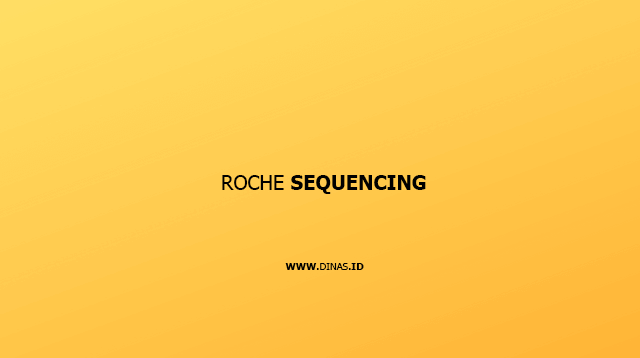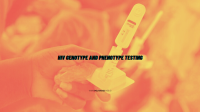Roche/454 sequencing is the pioneer NGS platform and was launched in 2005 by Rothberg and colleagues and is popularly referred to as pyrosequencing (Margulies et al. 2005). The technique is based on sequencing-by-synthesis approach and uses pyrosequencing with pyrophosphate (PPi).
The technique was developed by Ronaghi et al. (1996). The chemistry of pyrosequencing is based on the detection of pyrophosphate which is released during the incorporation of a nucleotide in the newly synthesized DNA strand. Sequencing primer is hybridized to a single-stranded biotin-labeled template and mixed with the four enzymes: DNA polymerase, ATP sulfurylase, luciferase and apyrase, and the substrates adenosine 5′ phosphosulfate (APS) and luciferin (Gharizadeh et al. 2007; Nyren and Skarpnack 2001).
For sequencing, DNA samples are randomly fragmented, or amplicons of suitable sizes are generated. In the next step of library preparation, the fragments are ligated to 454 sequencing adaptors. The adaptor enables the attachment of DNA fragments to the streptavidin beads whose surface carries primers that have oligo nucleotides complementary to the DNA fragments. Each bead is associated with a single fragment and is captured into individual emulsion droplets.
The reaction cascade starts with the addition of deoxynucleotide triphosphates (dNTPs) to the PCR mixture. These droplets are subjected to emulsion PCR (emPCR) creating millions of copies of each DNA fragment on the surface of each bead. The output from one bead corresponds to one read. The template beads are then transferred to picotiter plate (PTP), a surface containing nanometer size wells for pyrosequencing.
The sequencing reaction progresses through a series of downstream reactions producing light upon the incorporation of nucleotide. Each DNA fragment will be synthesized in one well using a pyrosequencing reaction. The utility of PTP makes possible the run of thousands of pyrosequencing reactions in parallel, increasing the sequencing throughput to a higher extent (Mardis 2008).
The specific nucleotide added is detected by quantifying the light emitted with the conversion of PPi to ATP after the incorporation of each nucleotide by DNA polymerase (Mardis 2008). In each cycle a CCD camera captures signals from spots on PTP corresponding to the position of unique DNA fragments.
The recorded images are processed for base calling a process entailing quantitative correlation of light signals with specific order of added nucleotides and decide nucleotide content of every DNA fragment.
The Roche/454 sequencing can generate reads with lengths of up to 1000 bp for genomic DNA and up to 600 bp for amplicons. It can produce ~1Million reads per run. Typical throughput of Roche systems ranges from 450 to 700 Mb. The Roche/454 is able to generate relatively longer reads which made it further easier to map the genomes. The consensus accuracy of Roche’s FLX+ platform is reported to incorporated.
The Ion Torrent sequencers generate rather longer reads lengths of 200 bp, 400 bp, and 600 bp compared to other NGS platforms. What makes Ion Torrent platform unique is that it uses unmodified nucleotides. So instead of fluorescently labeled dNTPs, Iron Torrent technology uses unmodified bases and the signals are also not detected as specific flourescence, but the signals are generated as H+ ions.
The approach errands better enzyme activity, long reads, and economic consumables. In the absence of low image scans, “base calling” processes are accomplished at a much faster pace. According to the recent standards, Ion Torrent platforms can reach up to 10 Gb sequencing data per run at a time span of 2.5 h (Ari and Arıkan 2016). The major disadvantage is the difficulty of interpreting the homopolymer sequences (more than 6 bp) inducing higher error in specific regions (Loman et al. 2012; Morey et al. 2013; Reuter et al. 2015).
The sequence chemistry doesn’t allow the reaction to pause after each base incorporation; bits of the same base will effect in a single, albeit sturdier signal. This feature makes identification of longer sequence stretches with similar bases difficult.









